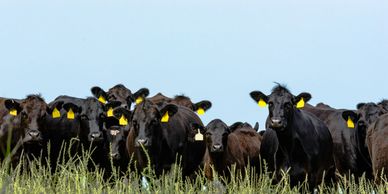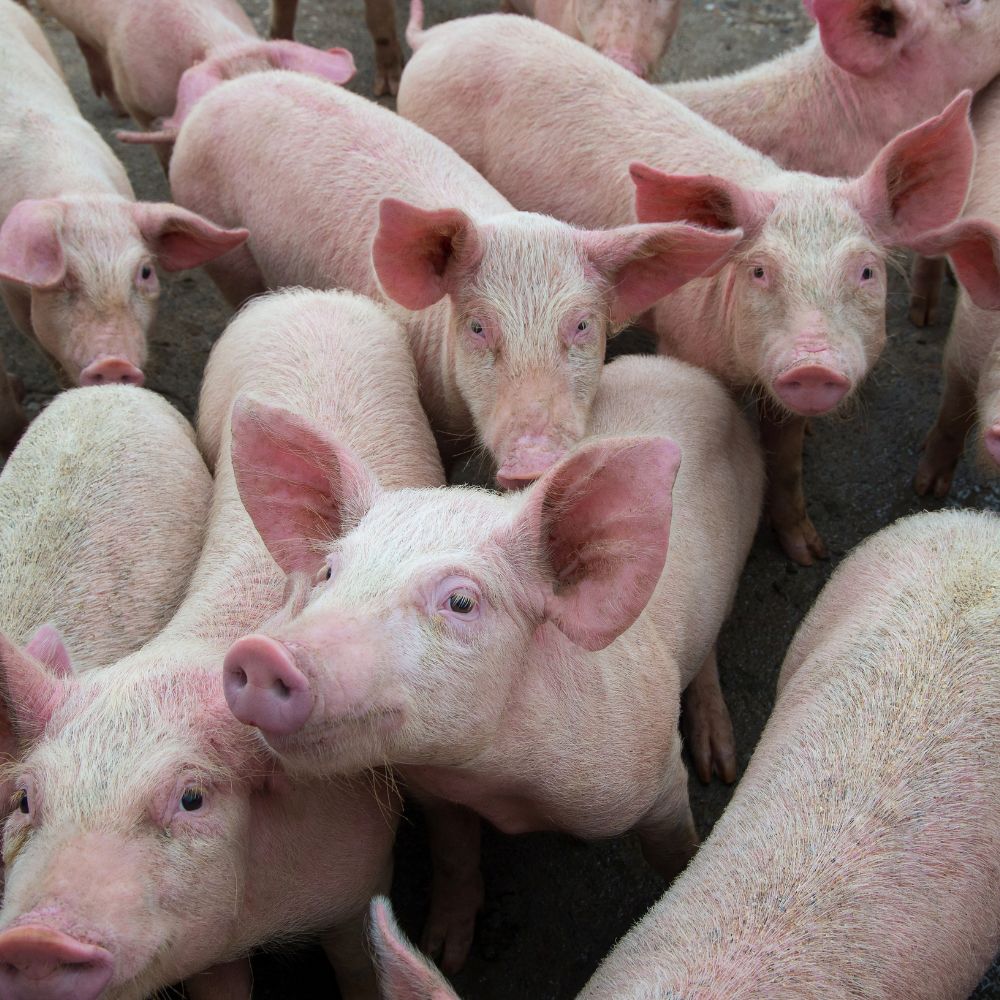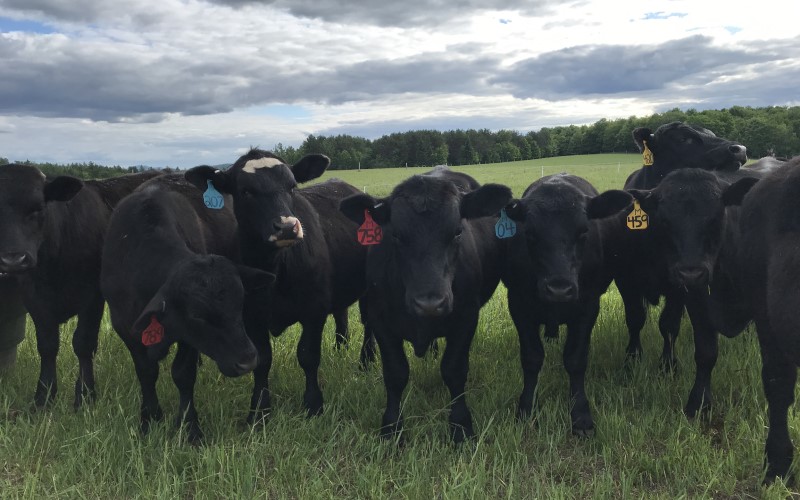Comprehending Animals Threat Security (LRP) Insurance Policy: A Comprehensive Overview
Navigating the realm of animals threat protection (LRP) insurance coverage can be an intricate undertaking for numerous in the agricultural market. From just how LRP insurance policy functions to the various protection choices readily available, there is much to reveal in this comprehensive guide that could potentially shape the way livestock producers approach risk management in their companies.

Exactly How LRP Insurance Works
Occasionally, recognizing the auto mechanics of Animals Danger Protection (LRP) insurance policy can be intricate, but damaging down exactly how it works can give clearness for breeders and farmers. LRP insurance policy is a danger management device created to protect animals producers versus unexpected rate declines. The plan enables manufacturers to set an insurance coverage level based upon their certain needs, picking the variety of head, weight range, and insurance coverage price. As soon as the policy remains in place, if market value fall listed below the protection cost, manufacturers can sue for the difference. It is necessary to keep in mind that LRP insurance coverage is not a revenue assurance; rather, it concentrates solely on cost threat protection. The insurance coverage duration normally varies from 13 to 52 weeks, providing versatility for manufacturers to pick a period that straightens with their production cycle. By utilizing LRP insurance, breeders and farmers can minimize the financial dangers related to rising and fall market value, making certain better security in their procedures.
Eligibility and Protection Options

When it comes to insurance coverage alternatives, LRP insurance policy supplies manufacturers the adaptability to pick the insurance coverage degree, insurance coverage period, and endorsements that finest fit their danger administration requirements. By comprehending the eligibility requirements and protection options available, livestock manufacturers can make enlightened choices to handle risk effectively.
Advantages And Disadvantages of LRP Insurance Coverage
When reviewing Animals Risk Protection (LRP) insurance, it is essential for animals manufacturers to evaluate the advantages and drawbacks intrinsic in this risk management device.

One of the main benefits of LRP insurance is its capacity to provide defense versus a decline in animals rates. This can assist guard producers from economic losses arising from market fluctuations. In addition, LRP insurance provides a degree of adaptability, allowing producers to tailor coverage levels and policy durations to fit their specific needs. Visit Your URL By securing in an assured price for their livestock, producers can better handle danger and prepare for the future.
One limitation of LRP insurance coverage is that it does not shield against all types of threats, such as illness break outs or natural calamities. It is critical for producers to thoroughly assess their specific danger exposure and economic situation to determine if LRP insurance is the right danger management device for their operation.
Recognizing LRP Insurance Coverage Premiums

Tips for Making The Most Of LRP Advantages
Maximizing the advantages of Animals Danger Defense (LRP) reference insurance policy needs calculated planning and aggressive danger management - Bagley Risk Management. To take advantage of your LRP insurance coverage, consider the adhering to suggestions:
Frequently Assess Market Conditions: Keep notified regarding market patterns and cost changes in the animals industry. By keeping track of these elements, you can make enlightened choices concerning when to acquire LRP insurance coverage to protect against potential losses.
Set Realistic Protection Levels: When selecting protection levels, consider your production costs, market price of animals, and potential threats - Bagley Risk Management. Setting realistic insurance coverage levels ensures that you are appropriately protected without paying too much for unneeded insurance
Diversify Your Protection: As opposed to counting only on LRP insurance policy, think about diversifying your risk management approaches. Incorporating LRP with various other danger management devices such as futures agreements or options can offer comprehensive insurance coverage versus market uncertainties.
Review and Readjust Insurance Coverage Frequently: As market conditions change, regularly evaluate your LRP coverage to guarantee it aligns with your current risk exposure. Readjusting insurance coverage levels and timing of purchases can assist optimize your threat protection strategy. By complying with these tips, you can optimize the benefits of LRP insurance policy visit this website and protect your animals operation versus unforeseen threats.
Conclusion
In verdict, livestock threat protection (LRP) insurance policy is an important device for farmers to manage the monetary risks connected with their animals operations. By recognizing how LRP functions, qualification and protection alternatives, as well as the advantages and disadvantages of this insurance coverage, farmers can make informed choices to secure their source of incomes. By thoroughly taking into consideration LRP costs and implementing approaches to make the most of advantages, farmers can alleviate potential losses and make sure the sustainability of their procedures.
Animals producers interested in getting Livestock Risk Security (LRP) insurance coverage can discover a variety of eligibility criteria and protection alternatives tailored to their details animals operations.When it comes to coverage options, LRP insurance coverage supplies manufacturers the flexibility to choose the protection degree, protection duration, and recommendations that ideal match their threat monitoring needs.To comprehend the intricacies of Livestock Threat Protection (LRP) insurance totally, understanding the factors influencing LRP insurance costs is essential. LRP insurance costs are determined by various components, consisting of the insurance coverage level chosen, the anticipated rate of animals at the end of the protection period, the kind of livestock being insured, and the size of the insurance coverage period.Review and Readjust Protection Consistently: As market problems alter, regularly evaluate your LRP coverage to guarantee it aligns with your existing threat direct exposure.